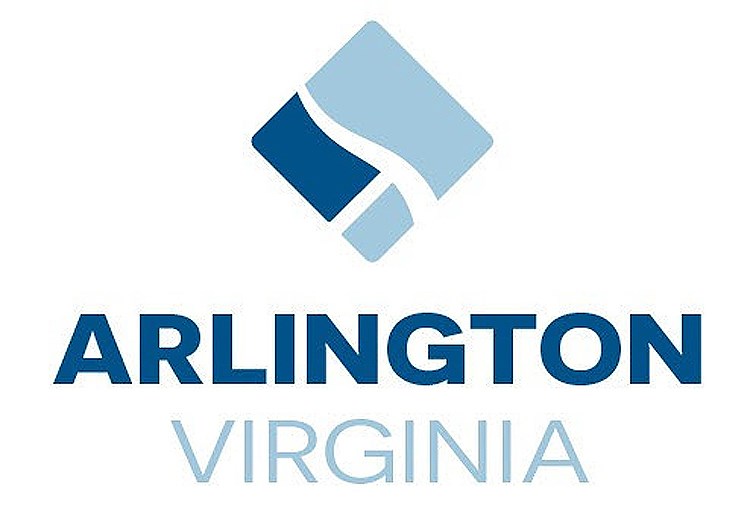SCOTT McCAFFREY
Staff Writer
A proposed historical marker highlighting the contributions of a regiment of the U.S. Colored Troops during the Civil War merits approval but is not yet ready for prime time.
That was the consensus of the Arlington government’s Historical Affairs and Landmark Review Board (HALRB), which has sent verbiage proposed by county staff back for more work before a marker is constructed and placed at Fort Ethan Allen Park in the county’s northernmost reaches.
Even as staff seemed ready to move forward, members of the advisory panel pumped the brakes.
“The regiment needs to have its story told – if we can find the right place and the right language,” HALRB member Gerald LaPorte.
“It’s an untold story, but the question is, where should it be told?” LaPorte said. “I’m not sure [Fort Ethan Allen] is the best place. It would more logically go at some other place in the county.”
In the end, however, HALRB members agreed (unanimously) to position the marker among nine others at Fort Ethan Allen Park, which contains remnants of the 160-year-old fort located just off North Old Glebe Road west of Military Road.
But board members (also unanimously) put off any further consideration of the language proposed by staff for the marker until further revisions were made.
The wording had been proffered by county-government park historian John McNair; the biggest problem HALRB members seemed to have with it was it didn’t adequately explain the connection between the 107th Colored Regiment with Fort Ethan Allen Park.
That’s because, activist Bernie Berne said, there really wasn’t one.
“They were assigned there after the war ended, and the purpose of being assigned was to basically dismantle the forts [surrounding approaches to the nation’s capital],” Berne said at the meeting, held in late March.
The regiment, however, was an active participant in a number of wartime battles. Its composition, some born free and some previously enslaved, was comprised largely from Kentucky, which during the war had remained in the Union but did not abolish slavery until December 1865 after the 13th Amendment to the U.S. Constitution was ratified.
The staff proposal is to move a current sign from a location south of the Fort Ethan Allen Park into the park, using a partnership with the non-profit organization Civil War Trails to cover the cost. That organization, McNair said, is moving away from focusing on political and military history to detail the conflict’s impact on individuals.
The existing sign provides a summary of Fort Ethan Allen’s function during the Civil War, where as many as 1,000 personnel manning 39 guns were garrisoned there.
“It is rather technical, but people want that in some cases,” Berne said of the existing sign, which he believes should be retained and moved closer to the other existing signs.
McNair countered that under the agreement with Civil War Trails, that organization would pick up the costs of changing the wording and moving the existing sign; if Arlington wanted to keep the old sign while adding a new one to spotlight the U.S. Colored Troops, it would cost the county $2,000 up front plus a $200-a-year maintenance fee. (Which, out of an annual county-government budget of nearly $1.6 billion, hardly seems an impediment even worth bringing up, but it was.)
Many HALRB members said they were convinced other markers on the site adequately cover the details that the existing sign now provides. “The main story is already told,” HALRB member Richard Woodruff said.
McNair and HALRB members have about 250 words to play with – that’s the general limit imposed by Civil War Trails on its signs. Agreeing to place the revamped sign in the park, as HALRB members opted to do, at least gets it in that organization’s queue in preparation for eventual agreement on wording.
After occupying what was then known as Alexandria County in May 1861, the U.S. Army that summer began constructing a series of fortifications to protect the approaches to the national capital.
Fort Ethan Allen was among about three dozen that comprised the “Arlington line” of defense west of the District of Columbia. While Confederate troops got close enough to fire on some of them, none was ever captured.
Fort Ethan Allen and Fort Marcy (nearby but located in Fairfax County) were among the most vital defenses, protecting the approach to Chain Bridge.
After the war, most of the fortifications were at least partially dismantled. The land on which some were located was returned to pre-war owners, while several others, including Fort Ethan Allen and Fort Marcy, became historic sites.
Another site – Fort Whipple – eventually was renamed Fort Myer and remained a major military installation. Today it is known as Joint Base Myer-Henderson Hall.



